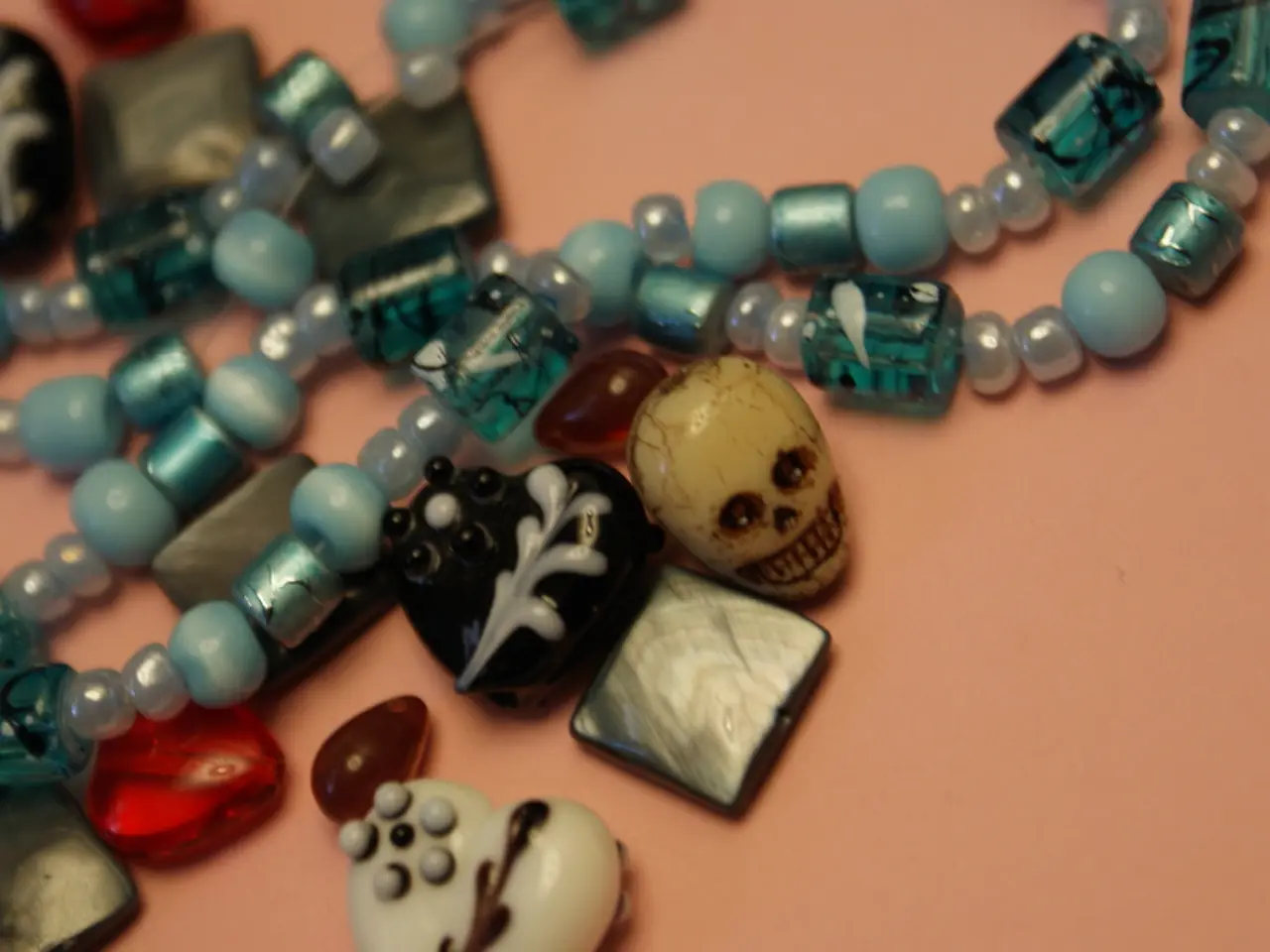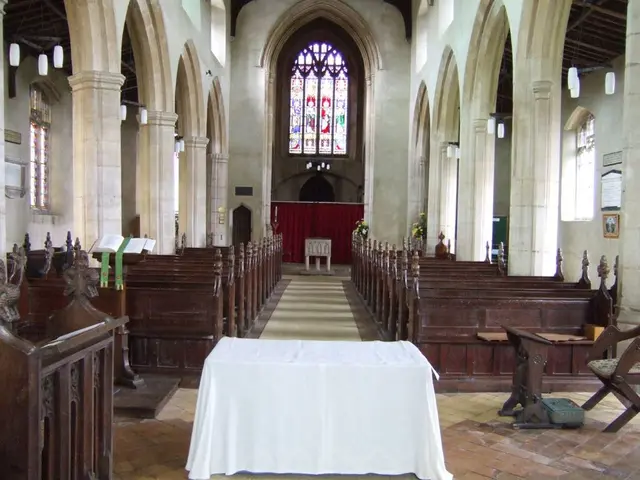Identifying Antique Edwardian Jewelry: A Guide
Stepping into the early 20th century, Edwardian jewellery stands out as a testament to the era's refined taste and delicate aesthetics. Characterised by its light, delicate, and feminine design, this jewellery was a perfect complement to the soft, flowing fabrics of the time, such as bias-cut satin and silk tulle.
Predominantly crafted from platinum, a metal prized for its strength and lightness, Edwardian jewellery showcases intricate filigree work that was not possible with heavier Victorian-era metals. The key design elements include lace-like openwork and filigree, millgraining, garlands, bows, ribbons, scrolls, and transformable designs that allowed for versatility in wear.
Diamonds were central to Edwardian jewellery, often paired with pearls and other precious stones to enhance sophistication and luxury. The settings showcased the gemstones prominently, particularly diamonds in brilliant cuts surrounded by detailed platinum work. Sapphires, emeralds, opals, rubies, amethysts, demantoid garnets, moonstones, or peridots were often recessed into a circle of diamonds, creating halo rings.
Single cut diamonds replaced rose cuts in the Edwardian era, becoming a popular accent for delicate jewellery. Pearls, second only to diamonds in popularity, were often used in Edwardian jewellery and suited the monochromatic styling of the era. Marquise and pear-shapes also became more available, with the focus shifting towards the beauty of the finished diamond rather than its weight.
Calibre cut stones, tiny, geometrically shaped ruby, sapphire, emerald, and amethyst, were cut to fit into channels and dance around designs in Edwardian jewellery. The riviere necklace, a neck-encircling strand of graduating, millegraine-edged, bezel set diamonds, was also popular during this period.
Queen Alexandra was fond of the 'dog collar' plaque style necklace, often backed by black velvet. This style transitioned into a column of 6-16 rows of pearls. Tiaras were popular, with bandeaus that could double as necklaces or bracelets. Sautoirs, or long bundles of pearl strands ending with tassels, were also fashionable.
Synthetic sapphire and ruby calibre appeared in late Edwardian pieces, while seed pearls of 3.5mm or smaller were often cut in half and flush mounted onto metal. Black enamel or onyx provided contrast to the all-white look in Edwardian jewellery.
The Edwardian era was marked by a change in fashion, influenced by King Edward VII and his wife Alexandra of Denmark. Platinum, a new white metal that was used to make jewellery due to its ability to strongly hold diamonds without staining the skin or clothing, was favoured during this time. The riviere necklace, a neck-encircling strand of graduating, millegraine-edged, bezel set diamonds, was popular during the Edwardian era.
Smaller Swiss-cut and small European-cut diamonds can help date Edwardian era jewellery. Most Edwardian diamond pieces were hand-fabricated, with fewer parts and visible yellow gold-based solder. The use of articulating drops, hinges, dangles, swags, and tiny swinging gemstone droplets added movement and elegance to the jewellery, making it a true masterpiece of the time.
- In the Edwardian era, diamonds were prominently used in jewelry, often paired with pearls and other precious stones to create halo rings.
- Sapphires, emeralds, opals, rubies, amethysts, demantoid garnets, moonstones, or peridots were often recessed into a circle of diamonds, enhancing the sophistication and luxury of the jewelry.
- Single cut diamonds replaced rose cuts in the Edwardian era, becoming a popular accent for delicate jewelry and a testament to the era's refined taste.
- Calibre cut stones, tiny, geometrically shaped ruby, sapphire, emerald, and amethyst, were cut to fit into channels and dance around designs in Edwardian jewelry.
- The riviere necklace, a neck-encircling strand of graduating, millegraine-edged, bezel set diamonds, was popular during the Edwardian era, embodying the monochromatic styling of the time.
- Queen Alexandra was fond of the 'dog collar' plaque style necklace, often backed by black velvet, and the fashion for jewelry was influenced by King Edward VII and his wife, Alexandra of Denmark.
- Platinum, a new white metal that could strongly hold diamonds without staining the skin or clothing, was favoured during this time, leading to the creation of intricate filigree work and delicate designs.
- The Edwardian era was also a time of change in fashion and lifestyle, with the popularity of shopping, sports, travel, home-and-garden, relationships, pets, fashion-and-beauty, food-and-drink, cars, education-and-self-development, and weather in the public discourse.




